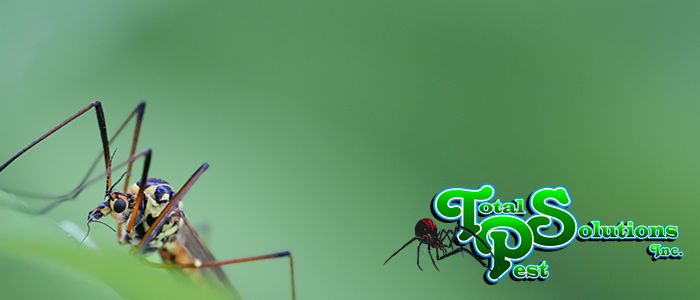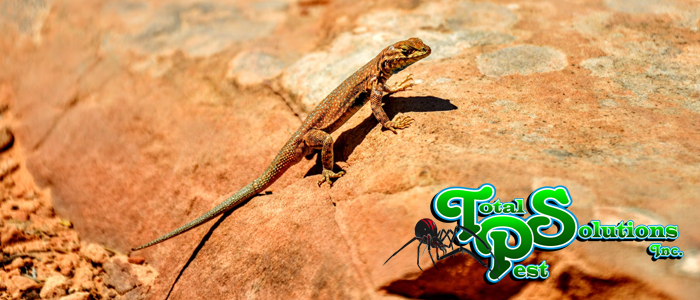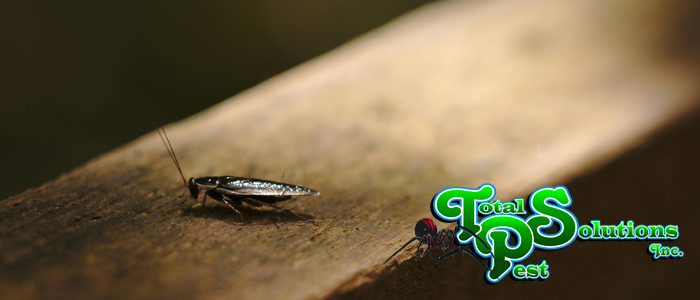
Discovering an ongoing infestation of subterranean termites is difficult because they work hidden away beneath the surface, out of view and concealed by either earth or wood. This is why they often reach and then attack wood-based structures without most people having the faintest clue that their homes or businesses are being destroyed from the inside-out.
Subterranean Termite Risk Factors
Most subterranean termites gain underground building access. They journey through the soil to search for and then travel through any cracks or holes within the foundation, such as those created for plumbing purposes. When bricks, stucco, or other materials cover buildings and extend under the ground,this often makes matters worse.These may further obscure the presence of termite damage until it has developed into a severe and costly problem.
Other risk factors to termite damage include buildings that have inadequate drainage or gravel and other moisture-trapping materials placed near their foundation. Subterranean termites seek out wet habitats,and this will further attract them. In contrast, keeping areas around a foundation as dry as possible will help discourage infestation. Of course, any wooden structures without foundations at all and that rest directly upon the ground, such as a deck or porch, are easy subterranean termite targets as there are virtually no barriers to the insects’ entrance.
Signs of an Infestation
While it may be difficult to spot the termites themselves, they both create and leave behind several tell-tale signs of their presence.One of these is mud tubes or brown tunnels they travel within which typically extend from the soil to the wood. These are often around a quarter-of-an-inch wide, mud-colored and easy to spot unless created near cracks or behind baseboards where they may escape notice without close inspection.
Another indication of an infestation is the seasonal emergence of swarmers, or termites with wings,which can be spotted as they travel towards various light sources. Learn more about spring swarmer identification here. A quick search around bulbs, windows, vents, or other brightly lit areas will often reveal swarmers if present. The insects’ discarded wings may also be stuck in spider’s webs or resting along windowsills.
Although the extent of damage subterranean termites can create within wood is considerable, it may take a little work to discover. This is because, since the termites are below the surface, so is most of the evidence of their costly behavior.Wood may darken or blister or appear perfectly fine from the outside; however, the galleries they gnaw away within it create a hollow sound when tapped.
Treatment and Prevention
Termites cause billions in damage annually in the United States alone, and more troubling, many homeowners insurance policies fail to cover it. Ensure you have a home adequately assessed for termite damage before you make a purchase and get your property inspected annually afterward. Whenever you find any indications of active termite presence, always consult a professional immediately for treatment. Of course, preventative measures to reduce chances of future infestation may also be necessary as well as recommended.
continue reading
Related Posts
Summer Mosquito Surge in Winter Haven: Eco-Friendly Prevention Strategies The
How to Get Rid of House Lizards Without Killing Them






